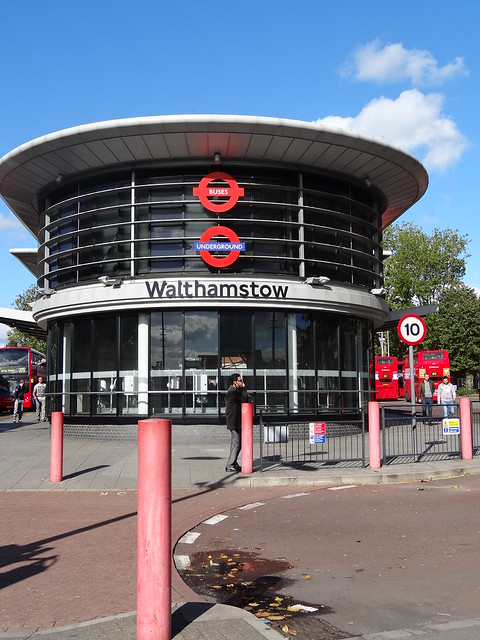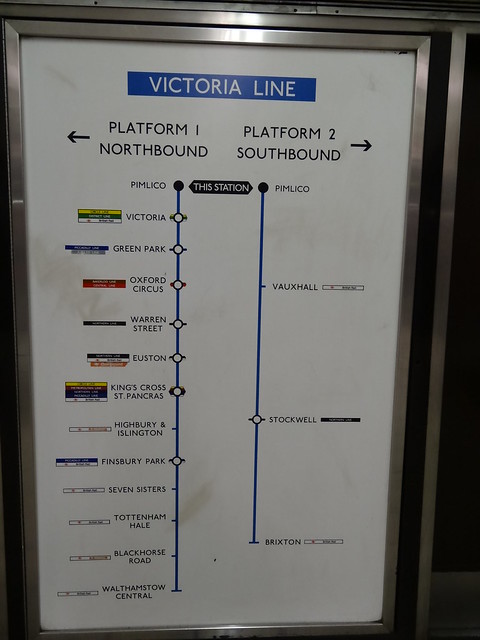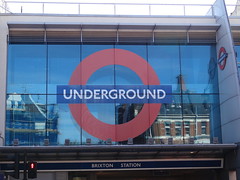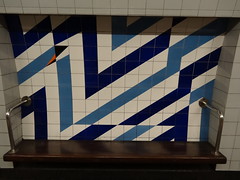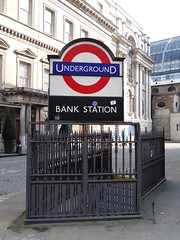This post is part of my Randomly London v. The Tube Challenge. Get the latest about challenge updates here. Donate to Bowel Cancer UK here.

Closed Assistance and ticket office at South Kenton. Miles away from Oxford Circus.
The Bakerloo line is the third London Underground line I’m tackling as part of my Randomly London V. The Tube Challenge. Heading from south of the Thames at Elephant & Castle to the suburban edges of north-west London up at Harrow & Wealdstone, the line – like almost all Underground lines – connects some very diverse parts of London together.
However, the line feels like the forgotten middle child of the London Underground. It doesn’t go the furthest north or south and it isn’t the newest or oldest, longest or shortest. In fact, it’s the third least used line it terms of total passenger volume, although if you look at passengers per mile of track, it’s actually the fourth most used.
The line even went into massive retreat between 1979 and 1982 when it lost the Stanmore branch to the Jubilee line and had services withdrawn so Stonebridge Park became the line’s northern terminus. Nevertheless, the forgotten middle child of lines has come back a bit since then and has some interesting stations.
Here’s a brief summary of my impressions of each of the 25 stations that currently make up the Bakerloo Line.
Elephant & Castle
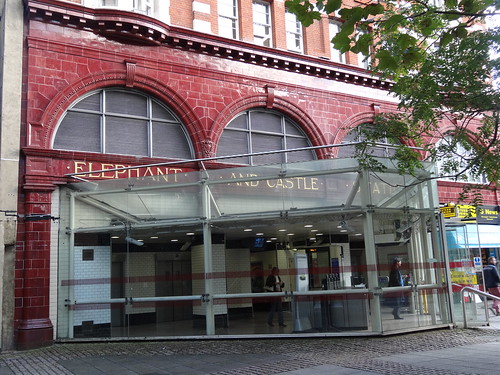
Elephant & Castle Bakerloo line exit – classic Leslie Green.
Impressions: Elephant & Castle is one of those parts of London that will never look good, no matter what scheme the council, developers or mayor’s office devise. The roundabout is designed only for cars and pedestrians are left as an afterthought.
Once you accept these facts, then the area isn’t so bad. Murals in the subways brighten up what would otherwise be very drab concrete walls. The Strata building is interesting and impressive.
And, the Bakerloo platforms are best accessed through a classic Leslie Green red brick entrance. Thus, if you’re a glass half-full kind of person there are some good points to the area that go at least partly mitigate the glaring negatives.
Random Fact: In 1924, the first recorded birth on the London Underground occurred at Elephant & Castle. There has been only 1 other since then. Tweet This
Tube Nerd Fact: The furthest south of Leslie Green’s Tube stations. Tweet This
Continue reading Bakerloo Line Underground Stations – Facts, Trivia And Impressions
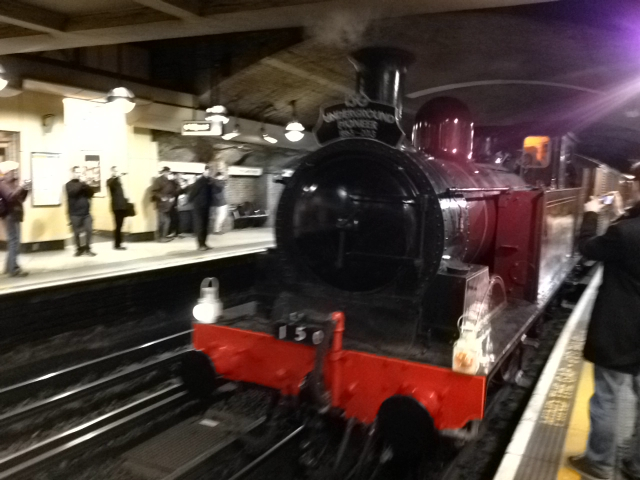 Steam Train at Baker Street Station from reddit user garethashenden
Steam Train at Baker Street Station from reddit user garethashenden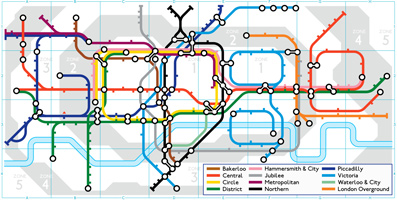


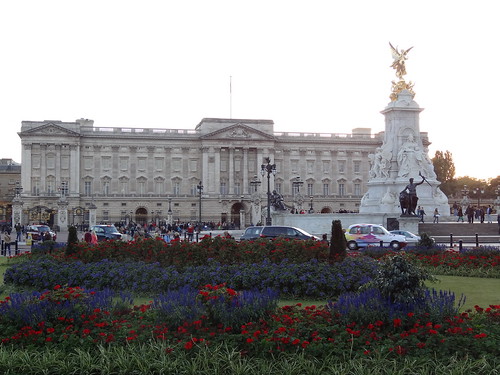 Buckingham Palace, just one of the sights you can see along the Victoria line.
Buckingham Palace, just one of the sights you can see along the Victoria line.